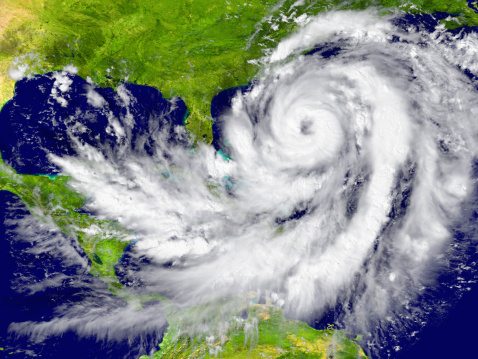
Hurricane Preparedness for Business IT
Here in South Florida, many business owners already have a hurricane preparedness plan. However, some owners may not be taking the extra steps necessary to properly secure their business’s IT infrastructure. We want to share some of our experience and offer some suggested best practices to help businesses better prepare for the coming storm season.
Download Our Business Hurricane Readiness Checklist – CLICK HERE
Protect Your Property
Since IT systems are particularly vulnerable to water damage, many of the best practices for securing your business property for a hurricane apply even more so to them.
- Take extra care to secure windows with plywood near IT systems that you can’t relocate, such as servers, networking devices and large printers.
- Many of the same devices are designed to automatically power back on after an electrical outage. If they power on while water is present, this can cause a damaging electrical short. Manually power these systems down or disable their restart feature.
- Anchor heavy, rack-mounted IT hardware in case high winds enter the building.
- Secure personal computers above flood height and also anchor against them wind.
- Bring insurance information with you and make sure you have a camera or a charged smartphone camera to document potential damages during cleanup.
If your business is very IT-dependent, you might want to consider a “hot spot” IT recovery service. These are IT data centers designed to temporarily and quickly redeploy your business’s IT services off site if your main data center is unavailable.
Protect Your Electronic Files
Offsite backups are essential for disaster preparedness. Backing up files within your data center is a good precaution against computer failure, but it does nothing if the entire data center is damaged by a hurricane. Many offsite backup services are available that can securely store your business’s data, offering various levels of industry-specific regulatory compliance.
If a backup subscription plan is not within your business’s budget, you can utilize a “make-do”’ solution. For example, you could collect backup drives from your business each week and swap them with a second set, which you keep in a bank safety deposit box. Anything that keeps copies of your business’s data at a different location increases the chances of recovering your electronic files after a hurricane.
You also want to maintain hard copies of mission-critical business information such as personnel, financial and legal documents, so they’re available during cleanup while your IT infrastructure might still be offline.
Have a Reliable Communication Plan
Don’t rely on a landline phone for communication following a hurricane, not even newer Voice over IP (VoIP) phones. VoIP lines are more likely to be underground than older analog lines, but unlike analog sets, they require electrical power. Use a cellphone, walkie-talkie or a battery-powered UHF radio, but remember to charge them before the hurricane even makes landfall.
Whenever possible, limit cellphone calls during a hurricane to emergencies only. Cellular network traffic spikes during disaster situations, which can prevent calls from going through. To more reliably communicate non-emergency issues, the Federal Communications Commission (FCC) recommends text messages, which are less taxing on cellular networks than voice traffic.
Get Further Advice on Business IT Disaster Preparedness
As you can see, many special factors must be considered when preparing your business’s IT infrastructure for a hurricane, but the guiding principle remains the same: Hope for the best; plan for the worst. Follow that philosophy, and your business will recover as quickly as possible.
{company} is the trusted choice for the latest information technology tips, tricks and news. Contact us at {phone} or send us an email at {email} for more information on disaster preparedness.





